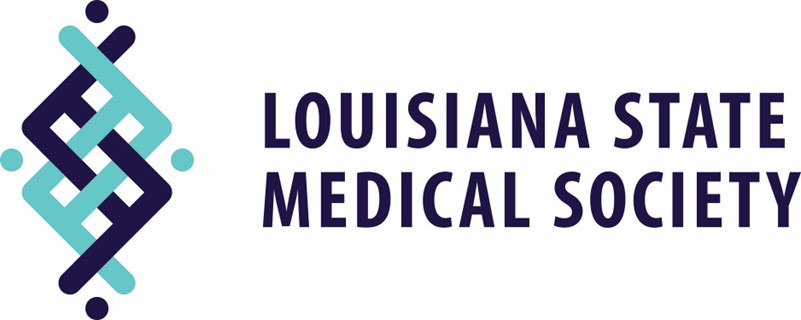The Benefits of Stellate Ganglion Block for Causalgia
October 7, 2024
Causalgia, also known as complex regional pain syndrome (CRPS) type II, is a chronic and debilitating condition characterized by severe, burning pain in a limb. This pain is often disproportionate to the initial injury and can be accompanied by other symptoms, such as changes in skin color, temperature, and sensitivity, as well as swelling and decreased mobility in the affected area.
The exact cause of causalgia is not fully understood, but it is believed to be related to dysfunction in the sympathetic nervous system, which controls various involuntary bodily functions, including blood flow and temperature regulation. This dysfunction can lead to an amplified pain response and other distressing symptoms.
What is a Stellate Ganglion Block?
A stellate ganglion block is a minimally invasive procedure that involves injecting a local anesthetic or other medication into the stellate ganglion, a group of nerves located in the neck. This procedure is primarily used to treat conditions related to the sympathetic nervous system, including causalgia.
How Does a Stellate Ganglion Block Work?
During a stellate ganglion block, the healthcare provider uses imaging guidance, such as ultrasound or fluoroscopy, to precisely locate the stellate ganglion and deliver the medication directly to the target area. The injected medication, typically a local anesthetic or a combination of anesthetic and anti-inflammatory agents, temporarily interrupts the transmission of pain signals from the affected limb to the brain, providing relief from the symptoms of causalgia.
Benefits of Stellate Ganglion Block for Causalgia Patients
- Pain Relief: Stellate ganglion blocks have been shown to be highly effective in reducing the severe, burning pain associated with causalgia. Many patients experience significant and immediate pain relief after the procedure, which can last for several weeks or even months.
- Improved Blood Flow and Temperature Regulation: By blocking the sympathetic nerve signals, a stellate ganglion block can help improve blood flow and normalize temperature in the affected limb, reducing other symptoms of causalgia, such as skin discoloration and temperature changes.
- Enhanced Mobility and Function: With reduced pain and improved blood flow, causalgia patients often experience increased mobility and a greater ability to engage in physical therapy and other rehabilitation activities, which can further aid in their recovery.
- Reduced Medication Dependence: By providing targeted and effective pain relief, stellate ganglion blocks can help reduce the need for oral pain medications, which can have undesirable side effects and be difficult to manage in the long term.
- Potential for Long-Term Relief: In some cases, a series of stellate ganglion blocks can provide long-lasting or even permanent relief from the symptoms of causalgia, potentially reducing the need for ongoing treatment.
How to Prepare for a Stellate Ganglion Block Procedure
Before undergoing a stellate ganglion block, patients will typically undergo a comprehensive evaluation by their healthcare provider, which may include a physical examination, medical history review, and diagnostic tests, such as imaging studies or nerve conduction tests. This helps the provider determine the appropriate treatment plan and ensure the safety and efficacy of the procedure.
Patients may be asked to discontinue certain medications, such as blood thinners, for a specified period before the procedure to reduce the risk of bleeding or other complications. They may also be instructed to fast for a certain period before the procedure, depending on the healthcare provider’s protocol.
What to Expect During and After a Stellate Ganglion Block
During the stellate ganglion block procedure, the patient will be positioned comfortably, and the injection site will be cleaned and numbed with a local anesthetic. The healthcare provider will then use imaging guidance to precisely locate the stellate ganglion and deliver the medication. The entire procedure typically takes 15-30 minutes, and patients may experience a brief, mild discomfort during the injection.
After the procedure, patients may experience some temporary side effects, such as a hoarse voice, difficulty swallowing, or a feeling of warmth or flushing in the face and neck. These symptoms are generally mild and resolve within a few hours. Patients may be monitored for a short period after the procedure to ensure their safety and comfort.
Is Stellate Ganglion Block for Causalgia the Right Choice for You?
For many patients suffering from the debilitating symptoms of causalgia, a stellate ganglion block can be a highly effective and safe treatment option. By interrupting the transmission of pain signals and improving blood flow and temperature regulation, this minimally invasive procedure can provide significant and long-lasting relief, allowing patients to regain their mobility, reduce their medication dependence, and improve their overall quality of life.
If you or a loved one are struggling with the symptoms of causalgia, it’s essential to consult with a healthcare provider who specializes in pain management and is experienced in performing stellate ganglion blocks. They can help determine if this treatment is right for you and guide you through the process, ensuring the best possible outcome.
To learn more about the benefits of stellate ganglion block for causalgia and to schedule a consultation with Haydel Spine Pain & Wellness. Our team of experienced providers is dedicated to helping you find the relief you deserve.







